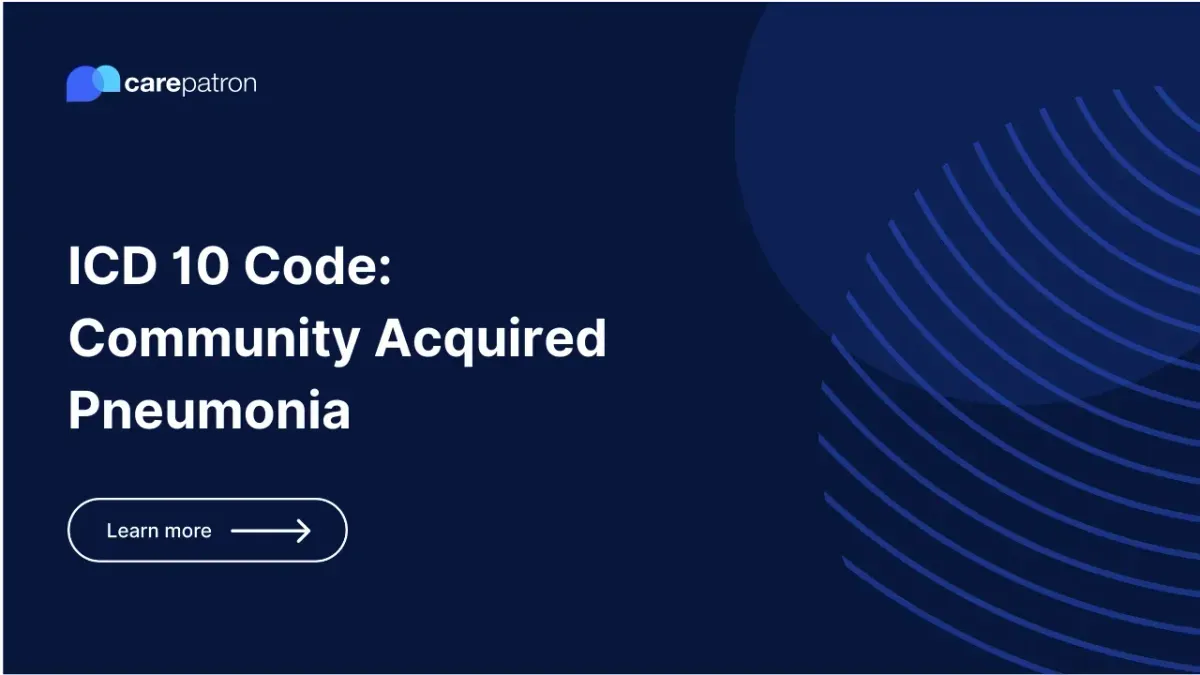
Community Acquired Pneumonia ICD-10-CM Codes | 2023
Find accurate ICD-10-CM codes for Community Acquired Pneumonia. Ensure proper diagnosis and billing with comprehensive code reference.
Use Code
Commonly asked questions
Yes, community-acquired pneumonia can be prevented to some extent. Vaccination against common pathogens, such as Streptococcus pneumoniae and influenza, is recommended, especially for high-risk individuals. Other preventive measures include good hand hygiene, avoiding close contact with sick individuals, and smoking cessation.
Hospitalization for community-acquired pneumonia is typically required for severe cases, individuals with certain risk factors (e.g., older age, underlying comorbidities), or those who cannot manage the infection adequately at home. Mild to moderate cases can often be managed outpatient with oral antibiotics and close monitoring.
While most cases of community-acquired pneumonia resolve with appropriate treatment, there can be potential complications. These include lung abscesses, pleural effusion, respiratory failure, sepsis, and in some cases, long-term lung damage or scarring. Proper management and follow-up can help minimize the risk of complications.
EHR and practice management software
Get started for free
*No credit card required
Free
$0/usd
Unlimited clients
Telehealth
1GB of storage
Client portal text
Automated billing and online payments
